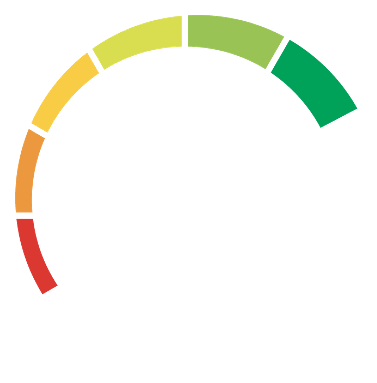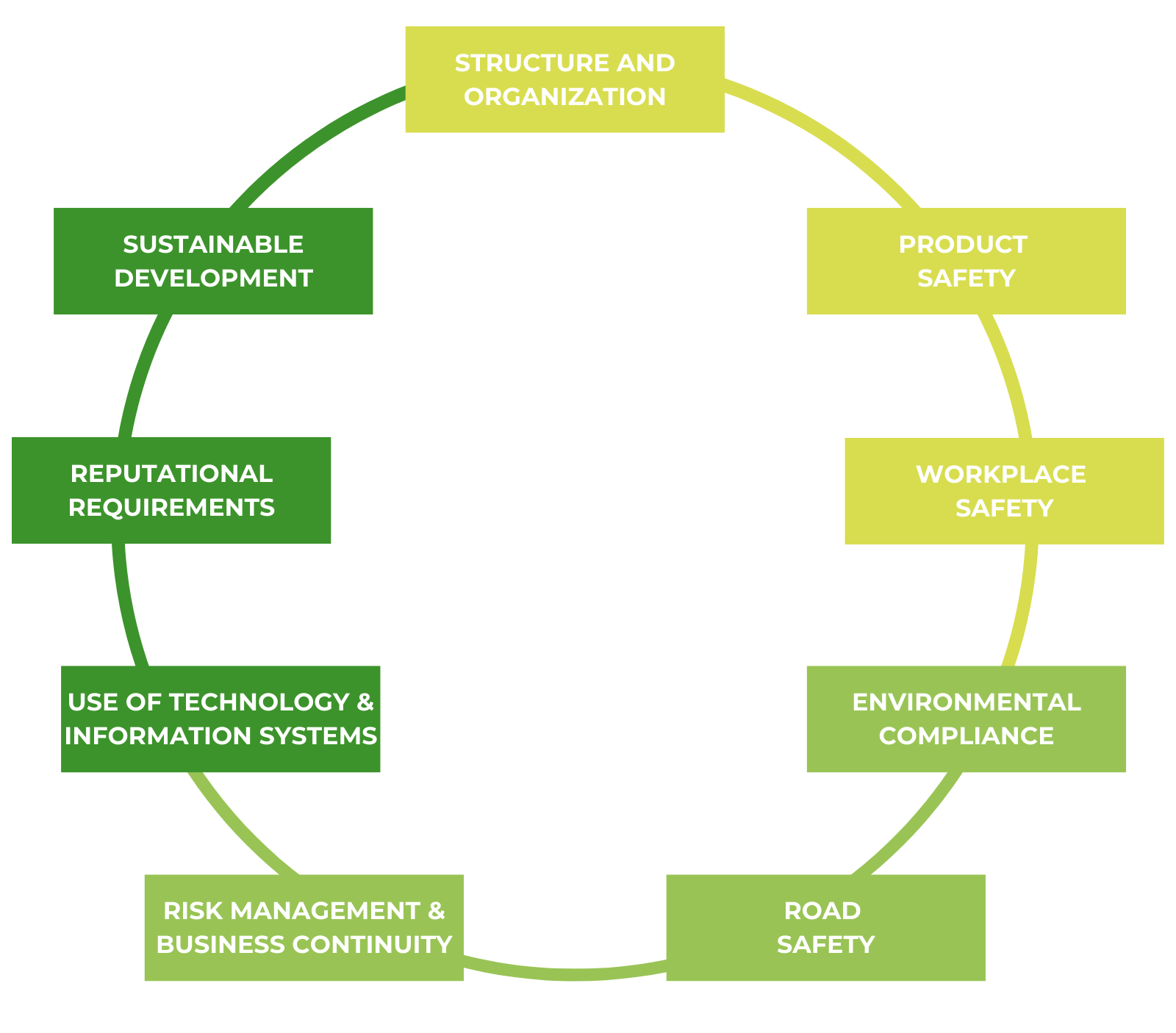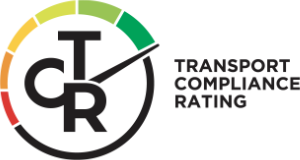TCR Protocol
TCR – TRANSPORT COMPLIANCE RATING
The first international rating protocol,
SPECIFIC TO TRANSPORTATION AND LOGISTICS.
Transport Compliance Rating is the first international, fair and transparent evaluation model specifically designed for Transport and Logistics that assigns an objective value to Companies, based on continuous and lasting compliance standards defined in collaboration with Principals and Manufacturers.
TCR was created to guide Principals toward an informed choice of their suppliers, while helping virtuous Transport Operators to effectively convey, to current and future Customers, all the distinctive value of their Company.
The TCR Protocol is aimed at all organizations in the Transportation and Logistics sector, regardless of type or size.
It can be used by internal or external parts of the organization including certification bodies or independent third parties to assess the organization’s ability to meet requirements.
The Transport Compliance Rating model includes all logistics activities such as: loading, transportation, unloading, storage, sorting and distribution.
The TCR protocol cannot be used for the purpose of market classification and stratification, but its sole purpose is to assign a rating against identified requirements.
The requirements that must be met can be traced to the following areas:
- of structure and organization;
- of product safety;
- of safety in the workplace;
- of environmental compliance;
- of road safety;
- of risk management and business continuity;
- of the use of technology and information systems;
- of integrity and reputation;
- of sustainable development.
TCR Regulatory References
The TCR protocol cannot disregard the application of the mandatory legislative requirements for the transport and logistics sector, in relation to the places of destination.
The TCR scheme can be supplemented with the following standards:
- ISO 9001:2015
- ISO 14001:2015
- ISO 45001:2018
- ISO 39001: 2016
- ISO 31000: 2018
- ISO 22301:2019
- ISO 50001:2018
- ISO 27001:2017
- ISO 28001:2020
- TAPA FSR, TSR
- IFS LOGISTCS 2.2
- ISO 22000:2018
- ISO 26000:2020
- SA 8000:2014
- ISO 37001:2016
Purpose of the TCR
The TCR Protocol specifies requirements for the implementation of a system that enables the organization to be qualified to:
a) demonstrate control of risk factors and hazards related to activities with particular reference to certain areas;
b) increase the safety of customers and all interested parties not only on the safety and legislative compliance of its activities but also on the high technical and professional management capacity of the complex services provided in the trucking and logistics sector;
c) to contribute to the adoption of management models that enable continuity in business management following potentially negative events of both internal organizational and external origin (e.g., generational changeover and/or damage as a result of socio-environmental events);
d) enable sustainable management of the organization including governance, environmental, social and ethical aspects.
TCR requirements are general in nature and can be applied to all organizations in the sector. Non-applicable requirements must be justified and, in any case, must not affect the organization’s ability to keep the risk factors and hazards related to trucking and logistics safety and legislative compliance under control.
Evaluation rules
The evaluation is based on responses to questions pertaining to the various aspects considered in the TCR Protocol.
Overall, the evaluation system includes:
- Checklist, divided into nine (9) assessment areas, with questions defined by the TCR Observatory and updated by it periodically, to be used to score the company for each requirement.
- Calculation of the percentage of compliance for each of the nine assessment areas. The sum of these scores should be divided by the number of assessment areas (9) to obtain the total score achieved by the company.


Rating Scale
0-40 % OF CONFORMITY: The company has serious critical issues and/or deficiencies in most of the assessment areas.
41-69% CONFORMITY: : The company meets the minimum requirements of the TCR, although there are critical issues in one or more assessment areas.
70-89% CONFORMITY: : The company has achieved an adequate level of compliance with TCR requirements, with minor critical issues in one or more assessment areas.
OVER 90% COMPLIANCE: : The company has achieved an excellent level of compliance with TCR requirements, with no significant critical issues.
TCR Assessment Areas
The requirements defined are related to:





